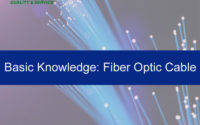High-Density Fiber Design: From MPO to Rack Integration
With growing data demands and cloud expansion, high-density fiber design is key to modern networks. Whether for data centers or enterprise IT, efficient fiber management ensures high performance, scalability, and reliability.
MPO to LC Fanout Cables: Bridging the Interface Gap
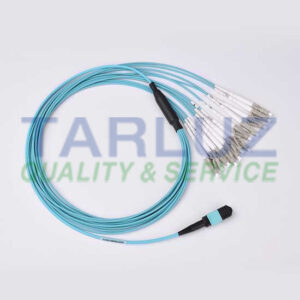
While MPO is ideal for trunking, most transceivers (such as SFP+, QSFP+, and QSFP28) use LC connectors. That’s where MPO to LC fanout cables come in.
These cables break out a single MPO connector into 4, 6, 8, or 12 LC connectors—each going to an individual transceiver port. This is a critical step in bridging backbone cabling with the actual hardware.
Benefits include:
High-density connectivity with minimal space.
Simple upgrade path for growing bandwidth needs.
Reduced installation time.
Fiber Terminal Box: Entry Point and Access Node
The fiber terminal box acts as a compact unit that terminates incoming fiber optic cables. In high-density applications, terminal boxes are often deployed at building entry points, floor distribution zones, or remote network cabinets—offering the first layer of structured connectivity.
Benefits include:
Secure splicing and termination points,
Organized patching and cable routing,
Protection against bending and damage.
Optical Distribution Frame (ODF): The Nerve Center of Fiber Management
An ODF, or fiber distribution frame, serves as a centralized management hub for fiber connections. Not only streamline large-scale connections, but also provide reconfigurability for future upgrades—such as moving from 10G to 100G links.
It houses:
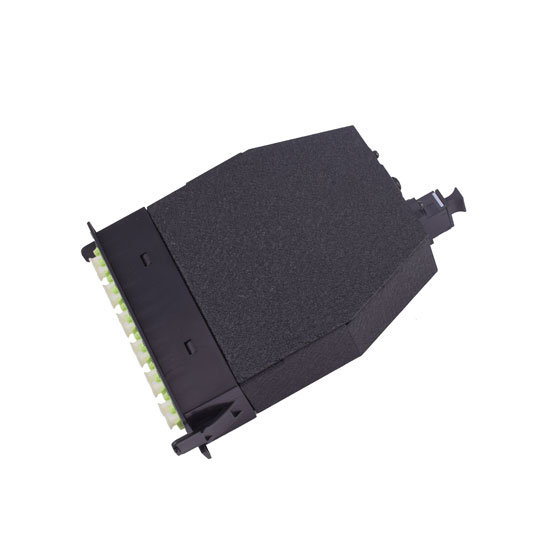
Modular patch panels or MPO cassettes,
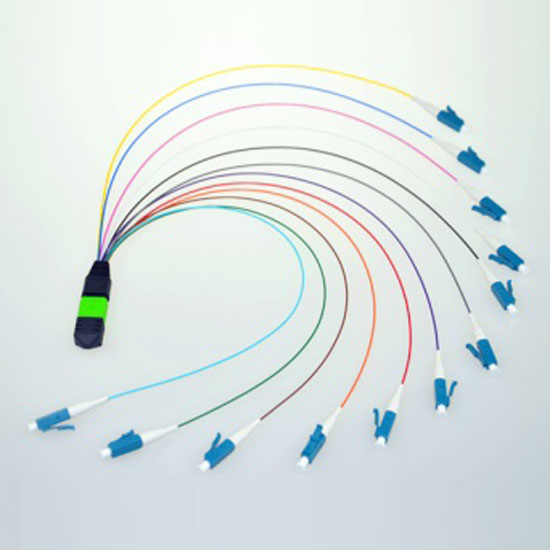
Ports for fiber connections from both MPO trunks and LC fanouts,
Clear labeling and routing channels.
Rack Integration: Organizing Everything in One Place
All the components mentioned above—terminal boxes, ODFs, MPO modules, and connected cables—are integrated within standard 19” racks or cabinets.
Racks are typically designed with a top-down layout:
Top for cable entries and tray routing,
Middle for fiber modules and switches,
Bottom for power supplies and extra storage.
How Everything Works Together
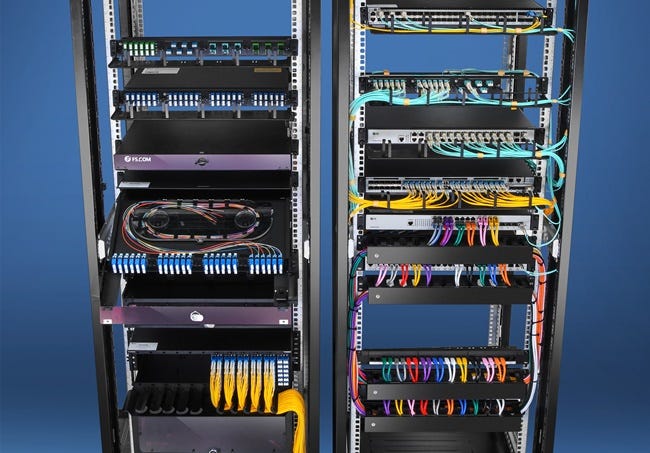
Start by routing MPO trunk cables from the central patching zone to ODFs with MPO cassettes.
Use MPO to LC fanout cables to link the cassettes directly to SFP or QSFP transceivers in switches.
Deploy fiber terminal boxes at endpoints to manage smaller fiber counts.
Install all components in racks for easy access, efficient cooling, and organized management.
More information please review our website: Tarluz
